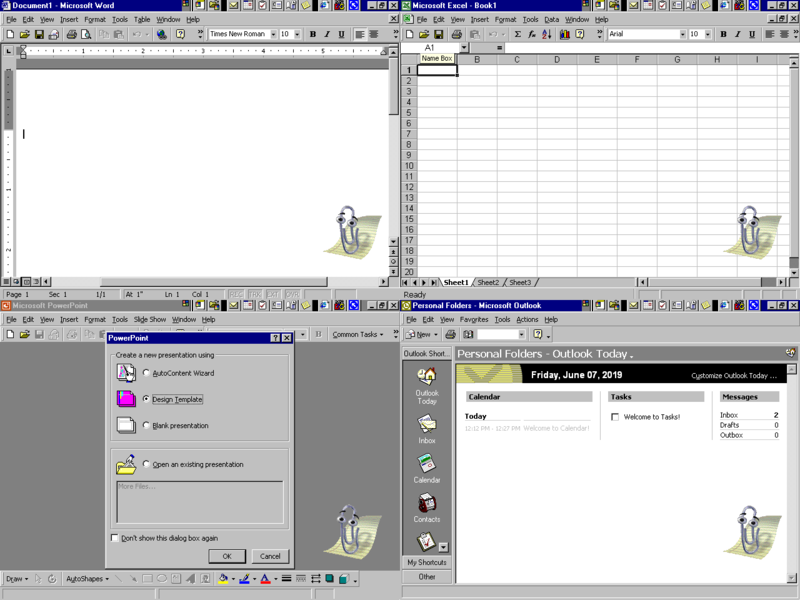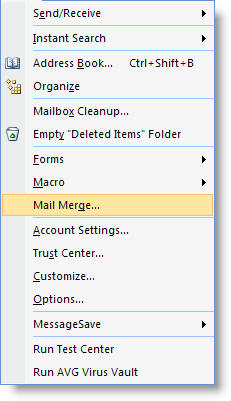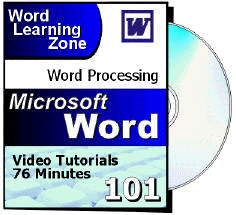

(two periods/full stops).Īlthough I have not tested it, the convention is one period/full stop for each Key has no entry the default setting is used. My Documents, which by default is the My Data Sources sub folder. The start pointįor the path is My Documents and the entry in the data key would be a sub folder of If the relevant key is not present at the time you edit the registry you can add it.Įdit the 'MyData' sub key to the required folder name (without quotes). These keys are created the first time you attempt to access a data source for a merge. HKEY_CURRENT_USER\SOFTWARE\Microsoft\Office\16.0\Common\DataServices HKEY_CURRENT_USER\Software\Microsoft\Office\15.0\Common\DataServices HKEY_CURRENT_USER\Software\Microsoft\Office\14.0\Common\DataServices

HKEY_CURRENT_USER\Software\Microsoft\Office\12.0\Common\DataServices Same drive as the My Documents folder by means of a registry hack. To a different location however, you can set the data source folder to a path on the There is no mechanism included by which the My Data Sources folder can be set Illustration if from Word 2007, but the process is virtually Which the process is pretty much the same as it was when using the wizard in From that same function, you can select the Mail Merge Wizard from On the Mailings tab of the ribbon select the Start Mail Merge icon to choose the document Normal Word Document - removes any attached data file. You could instead use a form letter merge with a document created fromĪn envelope template (samples available from theĭirectory(Catalog) - a new line is created for each record Letters - a new page is created for each recordĮnvelope - a form letter type of merge, that additionally allows envelope document (called catalog in some earlier versions), e-mail and envelope merges.

Word also provides form letter, directory Simply because they are the most complex. Create the merge layout documentĪlthough this page is primarily concerned with label merges, there is no essential differenceīetween the different types of merge available from Word. Methods of working and move on to the merge process. So while you can still use old and familiar tools, you may as well get used to learning the new In fairness to Microsoft, the new ribbon commands do tend to make the merge process simpler, However the old Word 2000 Mail Merge Helper is still buried in the applicationĬode and can be added to the QAT (Quick Access Toolbar) to provide the old familiar dialogįor those Luddites not yet ready to move on. To the apparent complexity of Word 2002/3 now have an all new set of dialogs to achieve Those who struggled to adapt from the relatively straightforward merge process in Word 2000


 0 kommentar(er)
0 kommentar(er)
